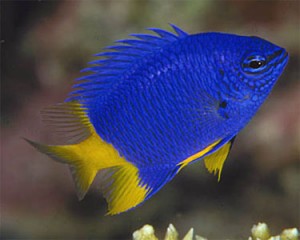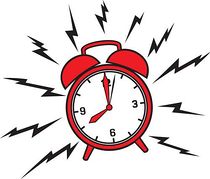In my many hours of blog procrastination, I for some reason found myself watching Finding Dory. This got me to thinking, do fish actually suffer from short term memory loss? Shouldn’t Dory have forgotten what her parents look like after all that time apart? I took to Google to find out.
It turns out there is a fair amount of research done on this topic. One specific experiment published in the Australasian Science Journal looked to confirm or deny the old myth that fish only have a 3 second memory and also dove into the idea that fish can remember old faces.
They tested goldfish and determined that the fish can actually recall a familiar environment months later. This is very different from the 3 seconds that everyone gives them credit for. Later, these same scientists came across the information that certain damselfish have complex patterns on their faces that are individual to them alone. The experimenters used two different types of territorial fish to test whether the fish would recognize the intruder as one of their own kind, or a different breed of fish altogether. They set up two different scenarios, one where the fish would be able to try to identify the intruder fish by facial recognicon, and one where the fish would not be able to make out the marking on the intruder fish’s face. They found that the fish could only identify the intruder fish as such when the facial features were visible. This led them to the conclusion that fish can not only recognize old scenery, but faces as well.
I think this experiment was actually conducted reasonably well. The only possible problem with it is that they only tested damselfish against a different breed of damselfish. I think they should have run the test with other territorial fish that would react the same way against an intruder. How are we sure that this result is not specific to damselfish? Is it after all possible, that PIXAR got it right that Dory could remember her parents faces after all those years?






















